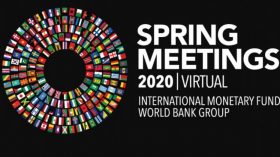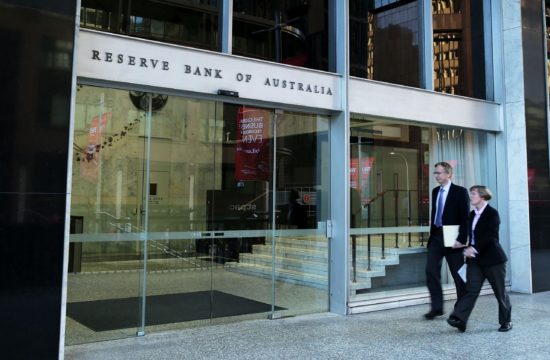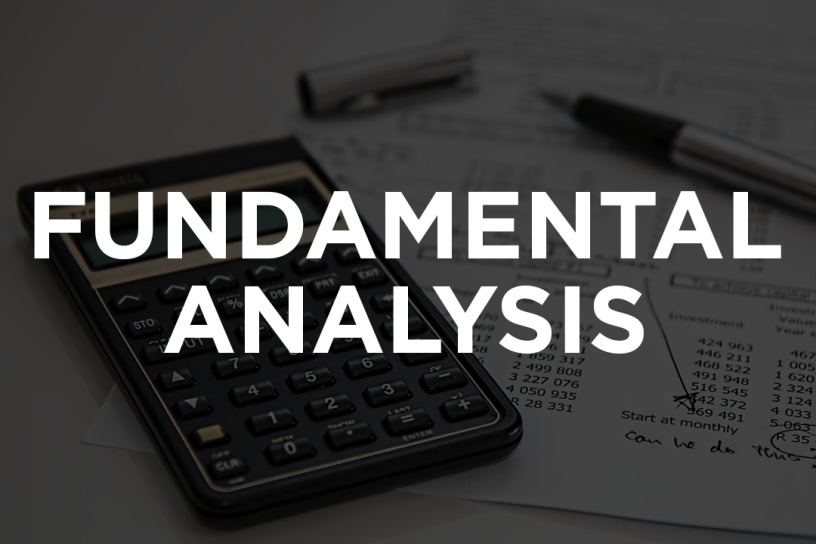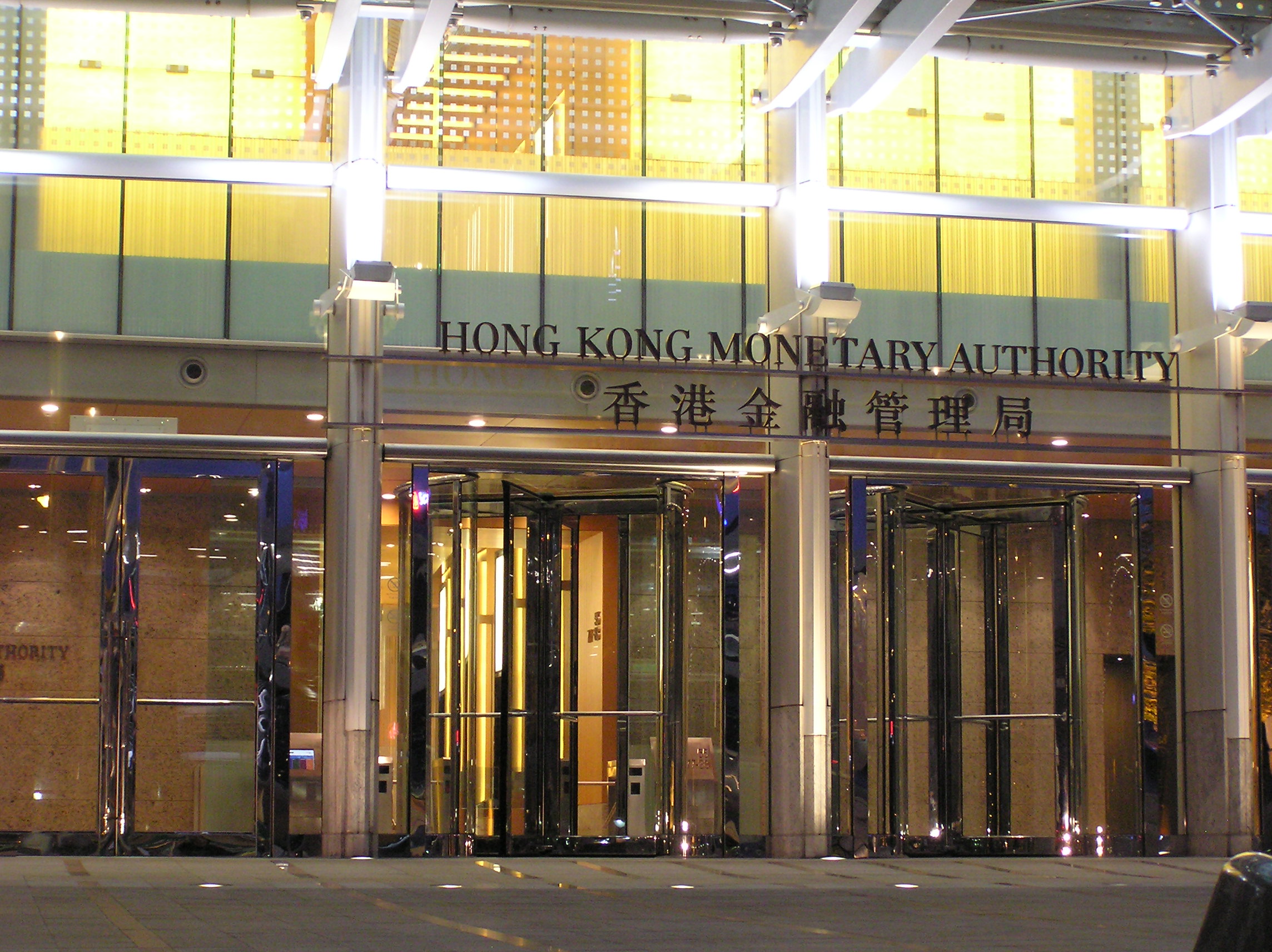Good morning and welcome to the IMF’s 2020 Virtual Spring Meetings. Today, I’d like to make a few remarks about the economic outlook for the Middle East, North Africa, Central Asia, and Caucasus, and launch our Regional Economic Outlook (REO) update, before turning to your questions.
We are at a time like no other. The COVID-19 pandemic is an unprecedented global crisis, with no part of the world spared. The Middle East and Central Asia region has been hit by two large and reinforcing shocks.
First, almost all MCD countries have now reported confirmed cases of the coronavirus. The outbreak hit other regions of the world first, significantly reducing external demand. The resulting global slowdown has impacted global value chains in our region, as well as job-rich retail and manufacturing sectors, and small- and medium-sized enterprises. At the same time, containment measures introduced by governments in the region and fear of contagion are weakening consumer demand, particularly in tourism, hospitality, and retail sectors. Fragile and conflict-affected states are expected to be particularly hard hit, worsening the already large humanitarian and refugee challenges.
Second, on top of this, the sharp plunge in oil prices since the start of the year has complicated issues for many countries in our region. Oil exporters, especially, have been hit with a double whammy of lower oil prices and much lower demand for their products.
Meanwhile global financial conditions have also tightened sharply, with a sharp rise in risk aversion leading to massive capital outflows from all emerging markets. This adds to challenges facing our region.
Countries in our region have been very swift in their responses to the crisis. As we highlight in our REO update, they have taken measures to protect lives, contain the spread of the virus, and support hard-hit sectors. All countries have increased expenditure in health care to support emergency and infrastructure needs. Fiscal measures have also been announced throughout the region, at an average of 3.8 percent of GDP and comprising both revenue and expenditure measures. In addition, central banks in the region have announced large liquidity support measures, eased monetary policy, and, where appropriate, used the exchange rate as a buffer.
It is with this background that I note the outlook for the region, discussed further in the REO update.
We project the region to contract this year, with substantial economic impact. This downward revision of more than 4 percentage points of GDP in one year is equivalent to removing $425 billion from the region’s total output. For nearly all countries, these revisions are higher than those seen during the global financial crisis in 2008.
Looking at Middle East, North Africa, Afghanistan, and Pakistan (MENAP), we project the region to contract by 3.1 percent this year. This comes after an expansion of 0.7 percent last year. Facing a double whammy, oil exporters in MENAP contract by even more, 4.2 percent. The oil importers, on the other, would contract by 1 percent, after growing at 3.5 percent in 2019.
Now turning to the Caucasus and Central Asia (CCA), we project a contraction of 1 percent in 2020, after a growth rate of 4.8 percent a year earlier. Due to their strong trade, tourism, and remittance links to parts of world greatly affected by the pandemic, oil and gas importers in the CCA region are hit even harder, with growth declining from 6.2 percent in 2019 to -2.2 percent in 2020.
Risks are clearly dominant. Given the double whammy of lower global demand and lower oil prices, oil-exporting countries face weakening fiscal and external balances. Oil importing countries could be adversely affected by a large decline in remittances and investment and capital inflows from oil-exporting countries. Furthermore, forthcoming maturing debt presents financing risks, while already high public debt in many countries continues to increase.
Let me now turn to policy priorities for countries in our region.
The immediate priority is to save lives. Governments should continue to accommodate essential health spending, delaying non-essential spending to create space if needed. In this context, external support may be crucial for some, especially the fragile and conflict-affected states in our region given their weak health infrastructures and living conditions.
Furthermore, policies should be directed at protecting engines of growth, mitigating the impact on households, hard-hit sectors, and SMEs. Fiscal policy should be used to ensure adequate social safety nets, and provide temporary and targeted relief. Monetary and financial policies should ensure liquidity needs are met while financial soundness is maintained.
Ultimately, policies should target putting the economy back on track to sustainable growth. This could require broad-based monetary and fiscal support where space is available. In many countries, where policy space is limited, international assistance would be needed.
These issues are explored in greater detail in our Regional Economic Outlook Update, which is also being released today. Before fielding your questions, I’d like to underscore the role the IMF is playing in the MCD region during this crisis. We have quickly responded to demands for increased emergency assistance. The Kyrgyz Republic was the first member country to benefit. We have also doubled the amount of such emergency financing that countries could access—here, too, Tunisia was the first country to avail this added support. As you know, Jordan’s IMF-supported program makes space for crucial health-related expenditure. Morocco has also decided to draw on the precautionary line it had, for current expenditure needs.
We continue to be engaged with all of our member countries and are coordinating with multilateral and regional development institutions as well as donors to serve our members in the most effective way possible.
Thank you again for joining me on this virtual press event, and now I am happy to take your questions.














